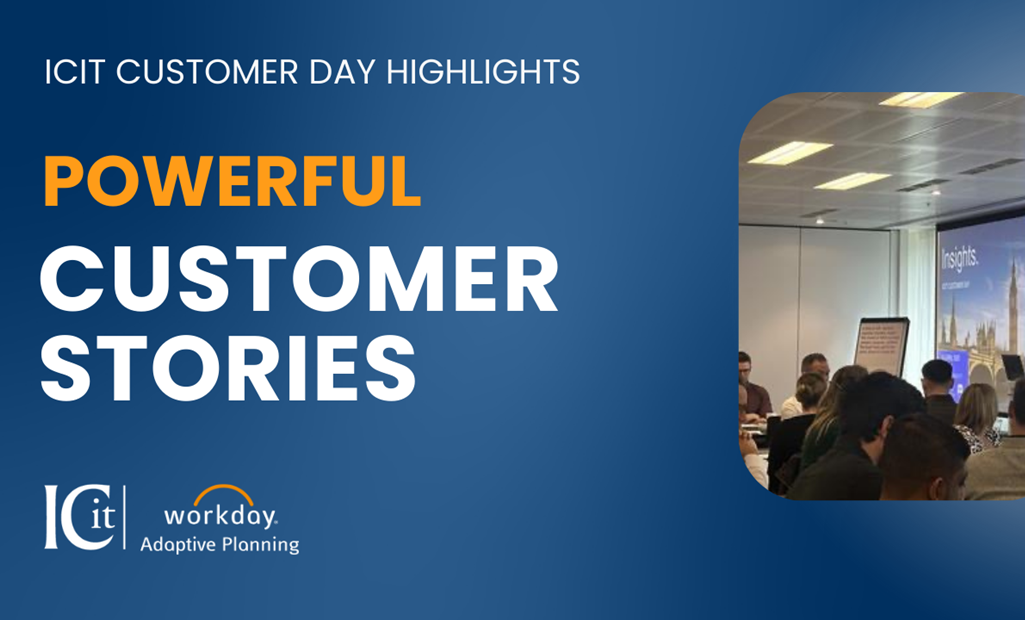Written by Anders Liu-Lindberg, June 2019.
Table of Contents
- Discuss the alternatives and make conscious choices
- How FP&A can take charge of the strategy conversation
- Making the most of FP&A in your business
Every company has a plan based on its strategy and featuring initiatives that are supposed to boost value creation. However, how do you know that the plan you have is the best one? You won’t know until you’ve discussed some real alternatives. What choices do you have?
Remember that strategy is all about making choices of what to do and what not to do. If you’re not choosing among different options, you’re not doing real strategy work. Moreover, it is FP&A’s vision that drives the right strategic choices in the company, so the department must also push for getting alternatives on the table. Let’s see what a real strategy discussion should look like.
Discuss the alternatives and make conscious choices
Every company has numerous choices to make when its leaders sit in the strategy room. Just go back to school and think about Michael Porter’s differentiation strategies. Are you going to be a cost leader, differentiate your product, or pick specific markets? How about going online versus brick-and-mortar? These are real choices that must be discussed. These are the questions the conversation must address:
- Are we making choices that are hard to reverse?
- Are we positioned well to do this and aligned with current trends?
- What are the risk and investment profiles of our alternative plans?
- Are we specific about our assumptions so we can track them going forward and build in trigger points to tell us if we’re off track?
- Are we conscious about taking biases out of the room?
There are a lot more details to this in the book Strategy Beyond the Hockey Stick, but what concerns us right now is how FP&A takes control of this situation.
How FP&A can take charge of the strategy conversation
In each of the above, FP&A needs to challenge the senior management team:
- Ensure there is strong force behind hard-to-reverse choices the company is making
- Bring an outside-in view to the table by looking at what’s going on in the external environment
- Force business units or division heads to come up with multiple plans with different risk profiles and investment ideas. Simply having one plan is not good enough
- Check the assumptions behind each of the plans. Are they well-documented and trackable going forward? What must be true regarding these assumptions to confirm that it’s a good plan?
- Be objective about all the information that goes into the room and how it’s presented. Don’t accept that everything is always as it seems—people are biased and might not be telling you the full story
Making the most of FP&A in your business
Most importantly, FP&A must ensure there are real alternatives for the senior management team to choose from—each with its own set of assumptions, risk profiles, investment profiles, and low reversibility.
Now ask yourself: How often have you seen FP&A do that? Probably not often, if ever. Instead, FP&A gets tied up in planning and budgets, trying to model the effect of the strategy (and perhaps choices) already formulated and decided upon. That’s not good enough. FP&A must force its way to the strategy table and take charge of the conversation. It’s the only way to drive the right strategic choices for the company.
Author: Anders Liu-Lindberg is a senior finance business partner at Maersk and the co-founder of the Business Partnering Institute. He is also the co-author of the book Create Value as a Finance Business Partner and a longtime finance blogger with more than 33,000 followers.
To discuss how Workday Adaptive Planning can transform your planning and analysis capabilities, please contact ICit Business Intelligence by email info@icitbi.com or send us a message by the contact form below.








